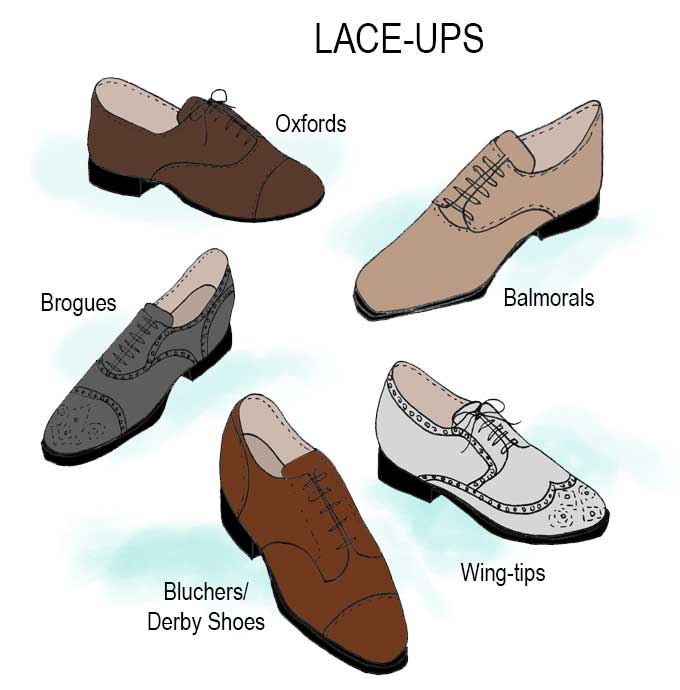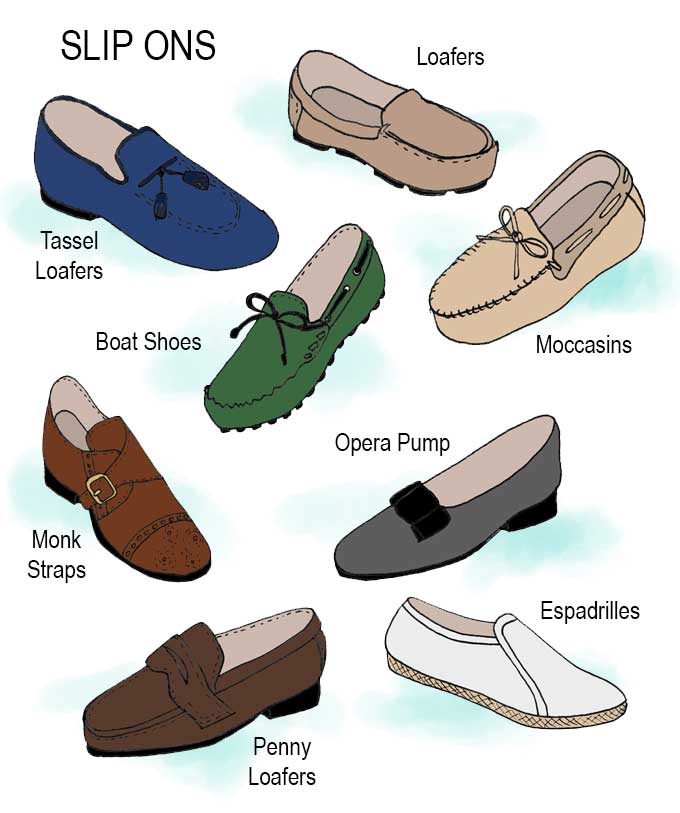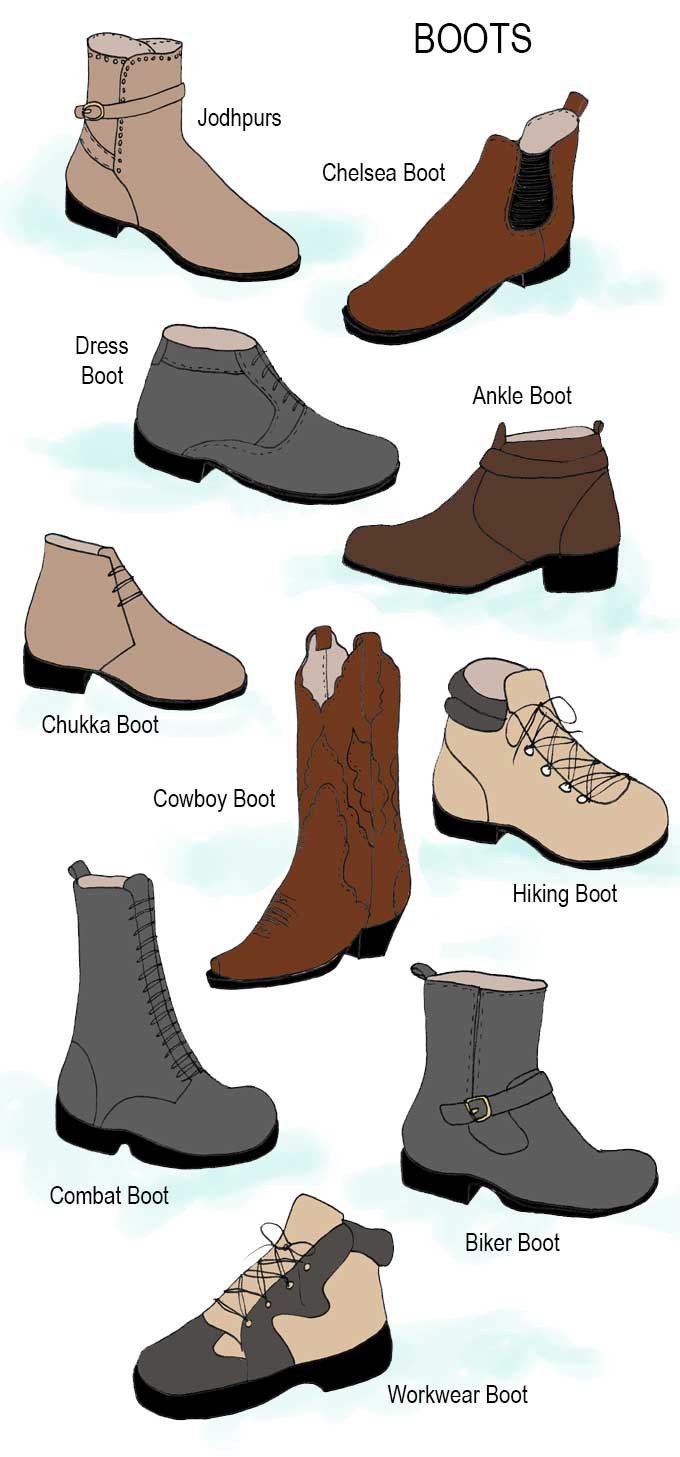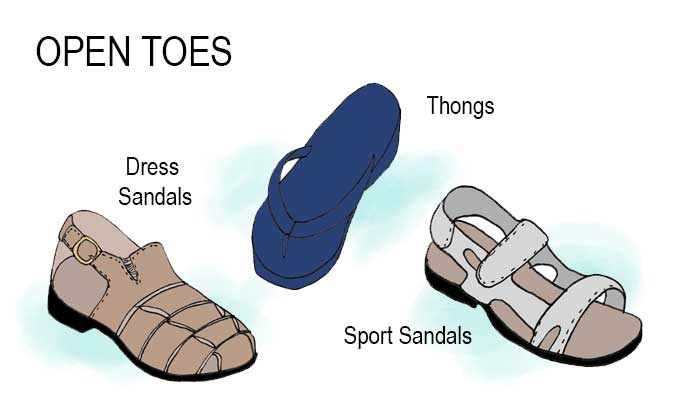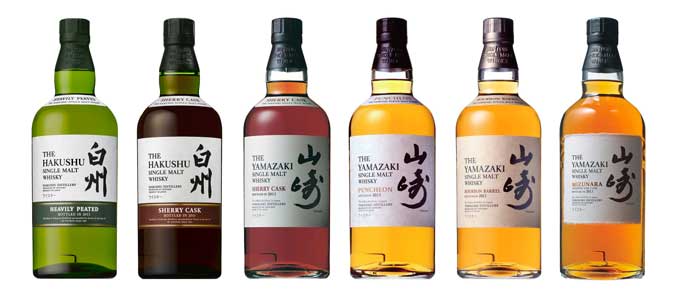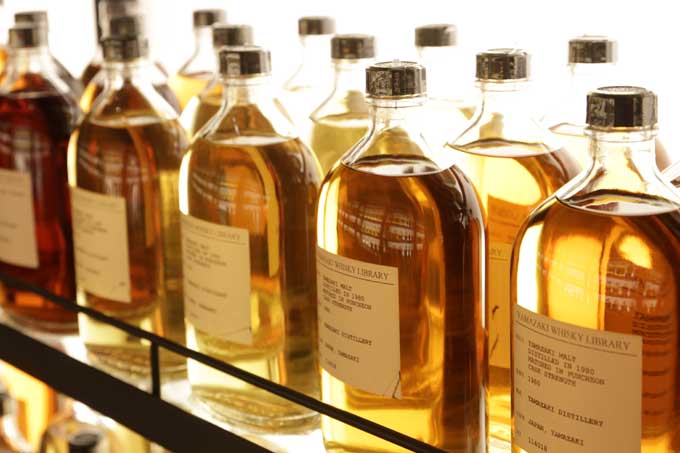Jazz is the soundtrack of smoky rooms and free spirited evenings. It’s the tune of decadent, Great Gatsby style parties and cultural renaissance. The foundation stone of the Roaring Twenties, when flappers danced away any pretence of rules and conventions on glittering nights. It’s the song of rebellion, of Prohibition-era speakeasies, where pleasure ruled and outlawed liquor flowed freely. It’s the music of philosophers, of music theory savants, of legendary musicians.
Jazz. It’s a form of music that’s been associated with freedom, movement and individual expression for more than a 100 years.
Jazz. It’s the music that’s everywhere right now. The music that everyone’s talking about. The music that few of us really understand. It’s also intimidating as hell for newcomers.
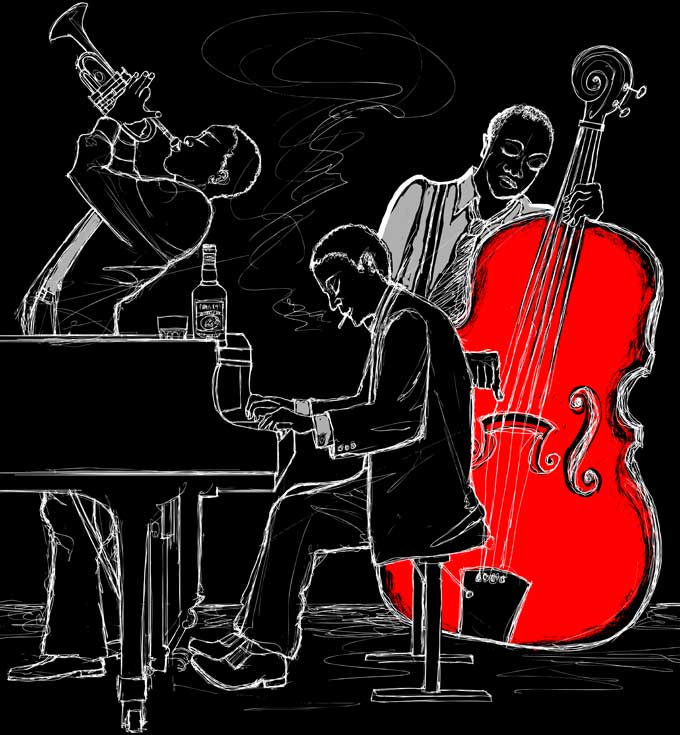 So first, what is jazz?
So first, what is jazz?
Jazz is the hardest music form to define because it so organic. But broadly speaking, it has the following attributes:
Improvisation: Jazz players are constantly improvising, literally making up the music on the spot. They may start off with a known melody, then interpret it individually. This makes jazz spontaneous and energetic.
Variety: Jazz thrives on instrumental diversities, unlike classical music which is based on orchestral symphony.
Rhythm: Jazz is full of rhythmic surprises (called syncopation), where the emphasis of a song is shifted to unaccented beats and notes.
Instruments: The main instruments used during a jazz recital are bass, piano, drums, saxophone and the trumpet.
The essence of jazz: Soulfulness
There is an emotional urgency in jazz that comes from its place deep in the individual musician’s imagination and psyche.
The origins of jazz
The roots of jazz go back to the Southern fields of America, where black slaves invoked native songs from their African homelands. Gradually, this music was infused with Caribbean and Latin strains, along with gospel, blues and European classics to create one of the most richly textured music forms the world has ever heard.
Jazz goes to New Orleans
Jazz started its current form in the black ghettos of New Orleans at the end of the 19th century. And its commonly believed that Buddy Bolden was the first jazz musician, having formed his first band in 1895.
And then travels to the world
In the 1920s jazz moved up river to Chicago and New York as African Americans migrated in search of a better life. The main protagonist was trumpeter Louis Armstrong, who left New Orleans to create revolutionary new music in Chicago.
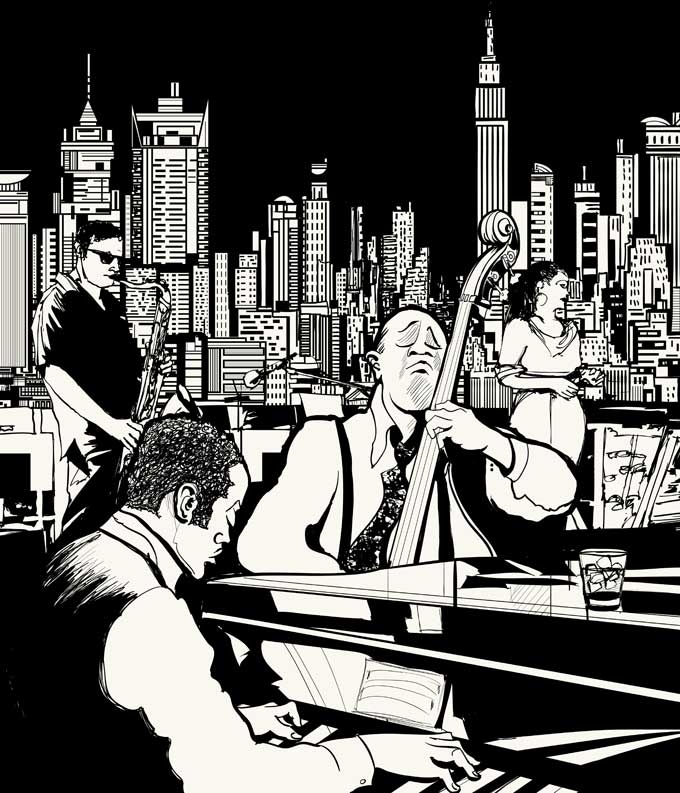 Forms of jazz
Forms of jazz
As the genre evolved, jazz split into a number of different styles, each of which will crop up in any conversation about the music form today.
New Orleans jazz (1920s): Closely related to the marching bands popular in New Orleans, this is typically led by a trumpet or cornet. Solos are almost non-existent and the emphasis is on collective improvisation.
Artists to know: Buddy Bolden, Joe “King” Oliver, Jelly Roll Morton, The Original Dixieland Jass Band
Dixieland or Chicago jazz (1920s): Inspired by New Orleans jazz, it made changes in the form of solos and incorporating the piano.
Artists to know: Louis Armstrong, James P. Johnson, Duke Ellington
Swing (1935-1945): This marked the entry of larger ensembles known as “big bands”, with simplified written arrangements and more sophisticated solos. It was more repetitious and pop friendly than other forms of jazz.
Artists to know: Fletcher Henderson, Benny Goodman, Count Basie, Duke Ellington, Cab Calloway
Bop or bebop (circa 1945): Faster, more abstract and with a spotlight on the soloist, bop took jazz to art status and out of low culture. But it lacked melody and was not meant for dancing.
Artists to know: Coleman Hawkins, Charlie Parker, Dizzy Gillespie, Thelonious Monk, Bud Powell, Max Roach
Cool jazz or West Coast jazz (1950s and ’60s): A mixture of bop and swing, smoothing out the hard edges with less dissonance, softer tones and an emphasis on arrangements.
Artists to know: Miles Davis, Dave Brubeck, Gerry Mulligan, Chet Baker
Hard bop (1950s and ’60s): Simpler, more soulful melodies, looser rhythm sections and similarities to rhythm and blues.
Artists to know: Miles Davis Quintet, Art Blakey, John Coltrane, Sonny Rollins, Horace Silver
Free Jazz (1959-1970): Pretty much the elimination of any and all limitations, free jazz totally dispensed with any rules. It was simply based on sounds, with musicians often making squeaks and squawks by over-blowing their horns.
Artists to know: Ornette Coleman, Cecil Taylor, Charles Mingus, John Coltrane
Fusion (1967-‘70s): A combination of rock music and jazz, which is usually shunned by jazz purists.
Artists to know: Miles Davis, Weather Report, Herbie Hancock, Chick Corea, Freddie Hubbard
The most significant jazz albums
Intrigued? Want to start a jazz collection? Or simply want to namecheck a few albums for conversational purposes? All Music Guide has created a shortlist of the 15 best jazz albums to get you started.
Louis Armstrong, Plays WC Handy, 1997 version Benny Goodman, Sing, Sing, SingBillie Holiday, The Quintessential, Vol. 5
Count Basie, The Atomic Mr. Basie
Duke Ellington, Uptown
Charlie Parker, Yardbird Suite
Dizzy Gillespie, At Newport
Dave Brubeck, Time Out
Miles Davis, Kind of Blue
John Coltrane, My Favorite Things
Stan Getz, Getz / Gilberto
Wes Montgomery, The Incredible Jazz Guitar
Lee Morgan, Sidewinder
Weather Report, Heavy Weather
Wynton Marsalis, Blue Interlude

